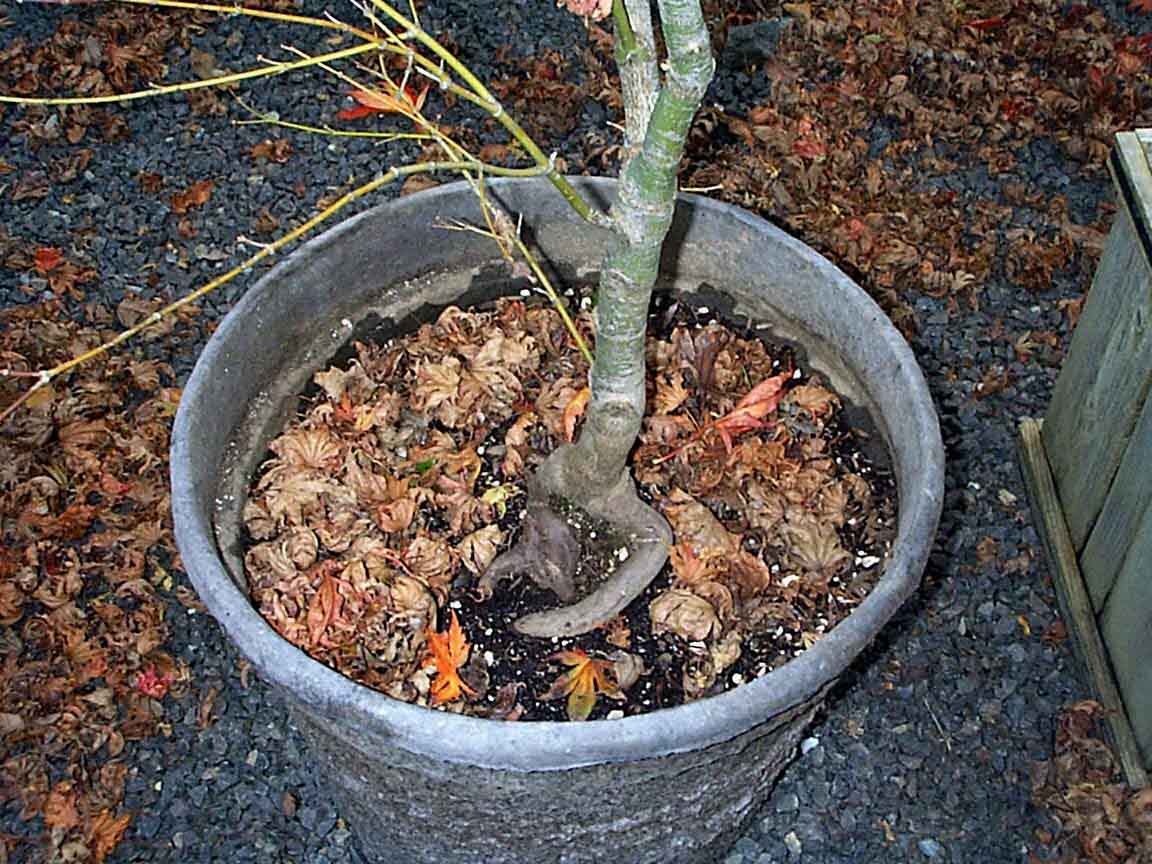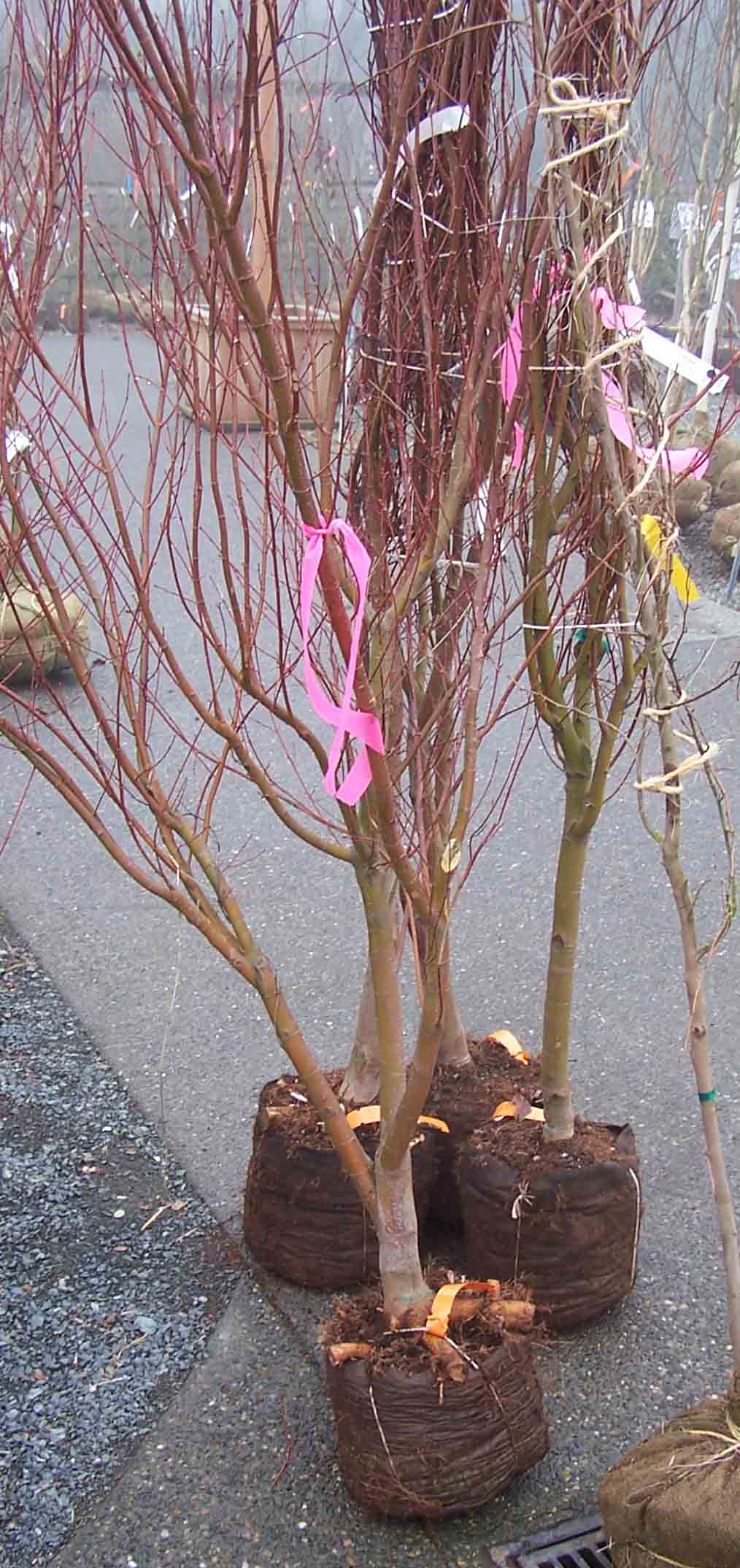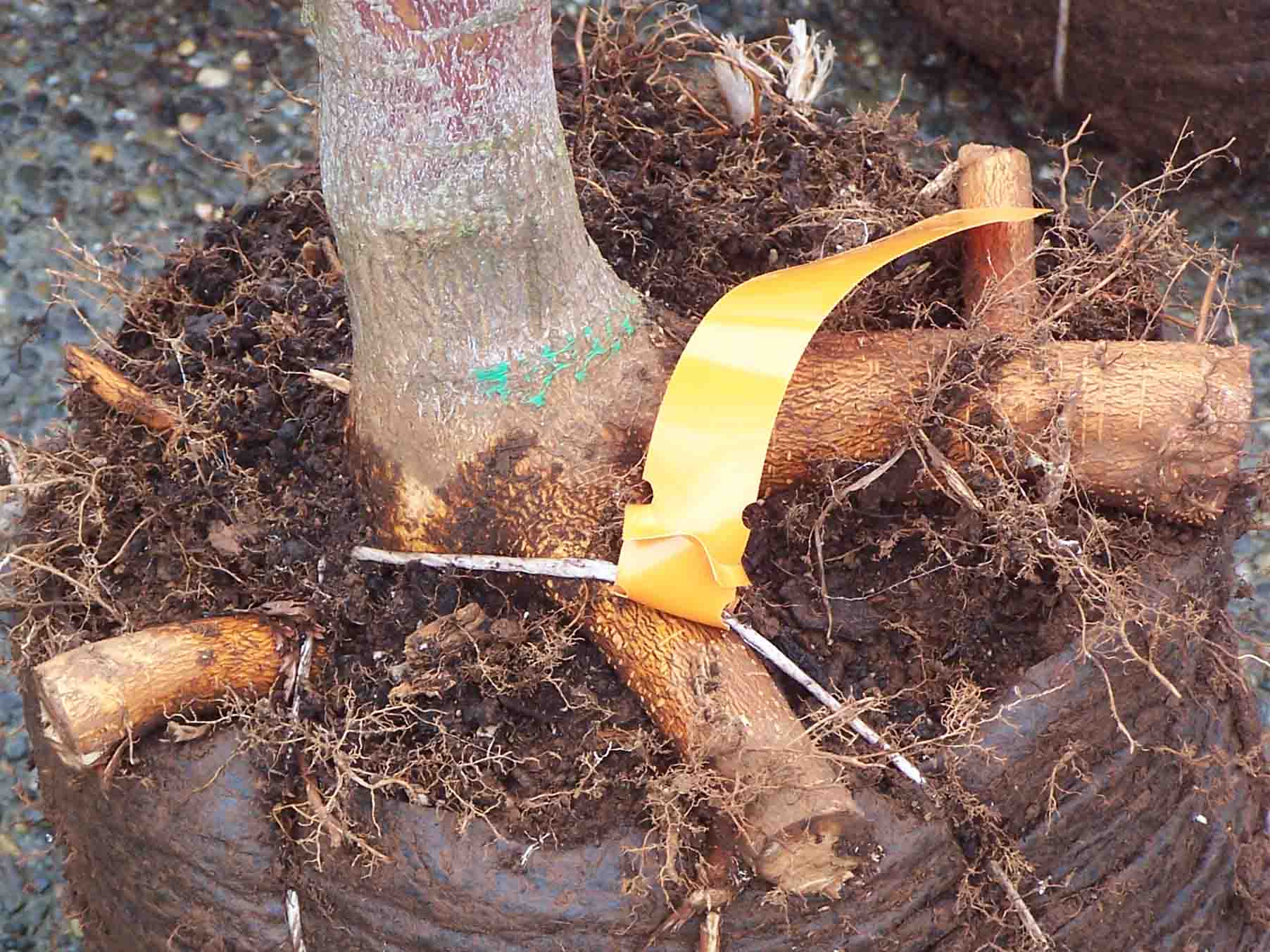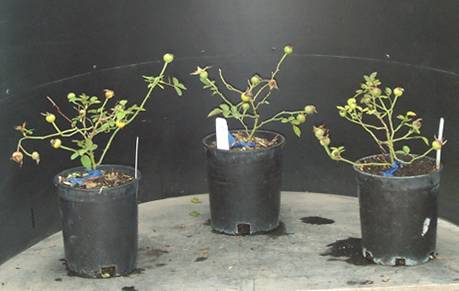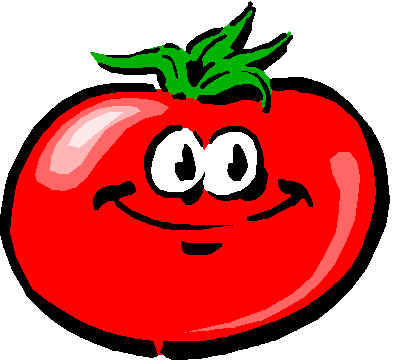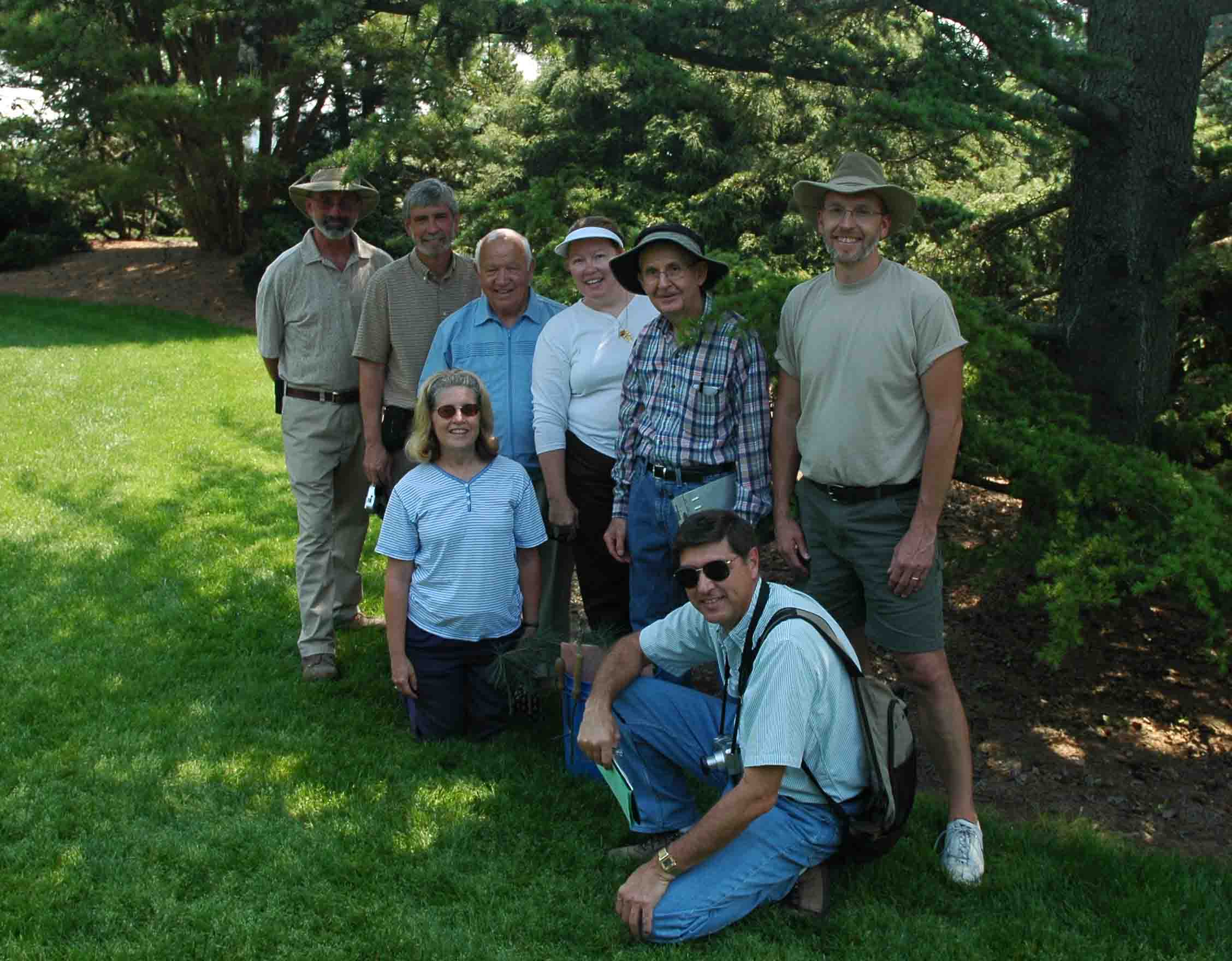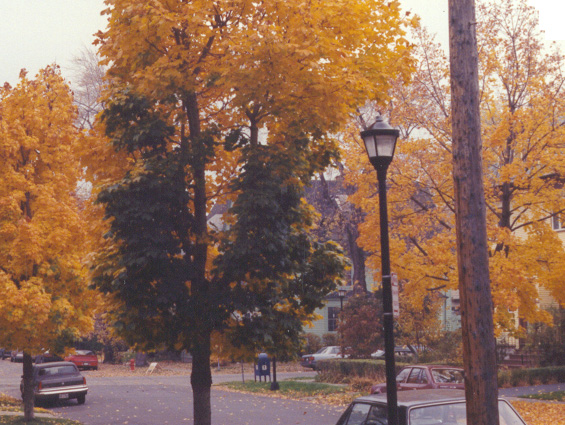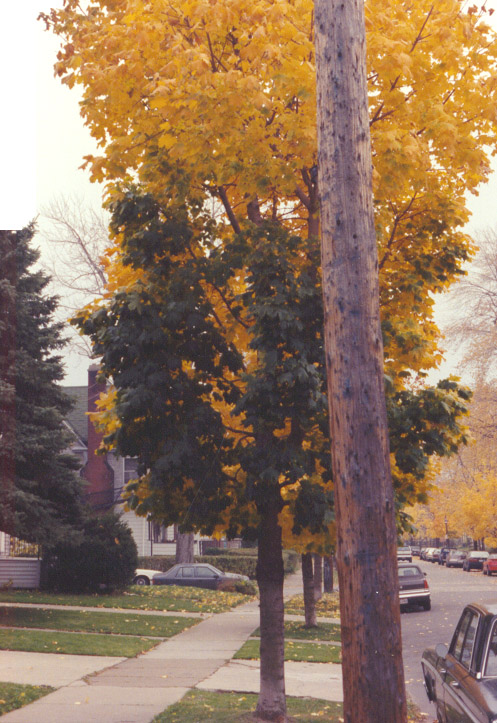Short post today — Linda appears to have transmitted her illness electronically over a couple of thousand miles — Thanks Linda!
I was reminded yesterday that it’s almost time for gardeners to start worrying about winter deer damage. With that in mind I thought I’d share with you my favorite research article on the subject. It’s a little paper by Michael Fargione and Michael Richmond and published about 18 years ago. You can find it here.
This paper attempts to establish how repellent bars of soap are to deer and comes up with some very interesting conclusions. The first thing you should know is that no one type of soap appears to be better than another. The second thing you should know is that soap does appear to stop deer from feeding around the soap — but the best you can hope for is a radius of protection of about a meter from the bar of soap itself — Can you imagine what that would look like if you were trying to protect the lower limbs of a large tree? And finally, bar soap appears to attract voles. Based on my reading, and my limited experience, I’ve found that almost everything that people say repels deer does repel deer — human hair, peeing around a tree, predator urine, dried blood — the issue is how long these repellents stay effective and how effective they are when the deer get really hungry. The most effective commercial deer repellents tend to have “putrescent egg solids” in then (rotten eggs) — I once had a graduate student who needed to protect some hazelnuts from deer and she found that a mixture of a few eggs (2-4) mixed in a quart of water and sprayed onto the trees worked pretty well — and no, the eggs weren’t rotten. This mixture should be sprayed about once every two weeks if possible.

